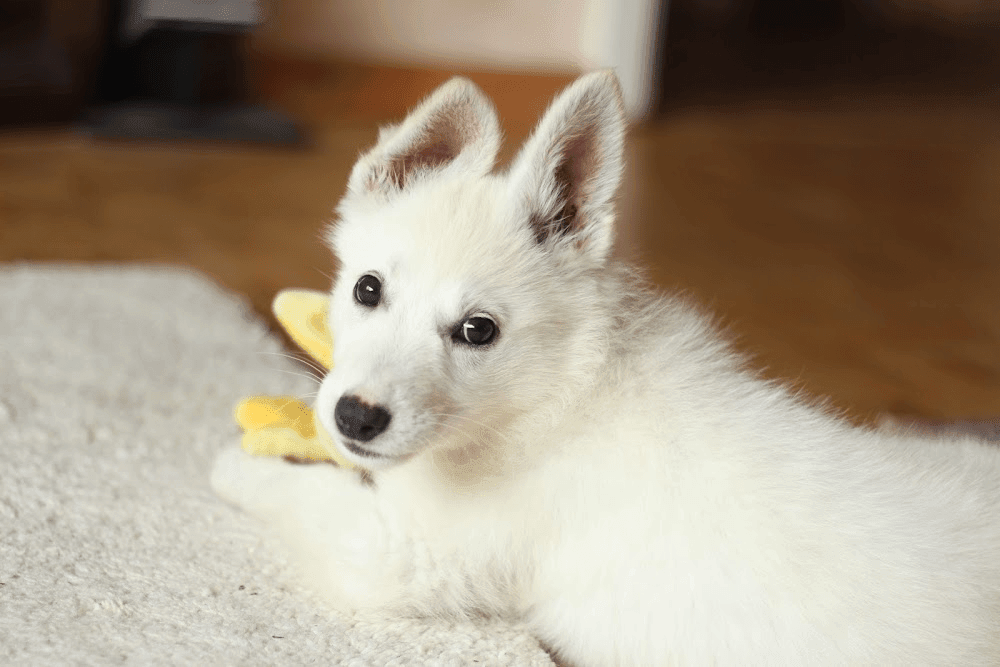CRATE TRAINING
Crate Training
A crate is a great place to give your dog or puppy some well-earned calm time, to feel safe and generally get away from it all. A crate is also useful for toilet training puppies and young dogs, a short term confinement area for when you can’t supervise your puppy, a wonderful management tool for multi dog and busy households and useful if you want to do sports with your dog.
It’s important to remember that a crate is not to be used as punishment, and equally important that you teach your dog to love their crate, and this can take some time and patience. Go at your dog’s pace!
Tips for Successful Crate Training
The Set up:
Choose a crate that will work for your dog. We recommend wire crates for puppies or dogs that are likely to chew.
Set your crate up in a quiet part of the house, but not completely out of the way. Your dog needs to feel like part of the family.
Put a comfy mat or bed in the bottom of the crate. You can also cover a wire crate with a sheet or blanket to make it cosy.
Leave the door open for now.
The Training:
Sprinkle some treats or dry dog food into the crate and encourage your dog to go in and get them. If they are reluctant, just put the treats right at the front near the door so they don’t have to reach in too far.
Sprinkle the treats towards the back of the crate once your dog is happy to go in. Spend a few sessions a day doing this, and make it fun! Add a verbal cue. We like “Cubby”, “House” and “Crate” (always say this enthusiastically).
Feed your dog their dinner in the crate
Repeat the above steps for a few days to a week, depending on your dog.
Alternative Training - Shaping
If you are familiar with the concept of shaping as a training technique, you can use this to shape your dog to go into the crate and to offer calm behaviours such as sitting or lying down. Ask us for more information.
Closing the Door:
Once your dog is happy to go inside the crate, and is occupied eating their dinner or snacks, close the door for a second, and then open it. This is getting your dog used to having the door closed behind them and the sounds of the door or zip.
It is important to always give your dog a choice to go in or come out. Never force them in or make them stay.
From here, you just need to work on building this positive association. The more practice you do, the easier it will be, but always go at your dog’s pace.
Close the door for longer, but only if your dog is comfortable.
Crate training takes work! The reward is a dog that is happy to spend time in their crate and a lifesaver for you.


